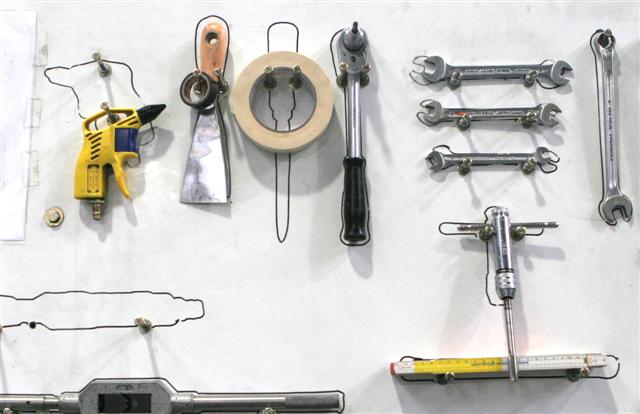One of my kaizen-specialists-in-training just came to me asking for help. The Team Members he is working with are not seeing the need to understand sources of work variation.
I hear that a lot, both in companies I have worked in and in the online forums. Everyone seems to think it is a problem in their company, their culture – that they are unique with this problem.
The idea of a unique problem is variation on the “our process / environment / product is different so ____ won’t work here.” Someday I will make a list of the standard management “reasons why not” but that isn’t the topic of this post.
I told him:
- This is not unique to China, or to this facility. The same resistance a always comes up, and nearly always comes up the same way once the Team Members begin to realize we are serious.
- There is no way to just change people’s minds all at once.
Here is something to explain to the concerned Team Members: The standard process is there to protect the team member. If there is a problem, and the standard process was followed, then the only focus for investigation can be where the process itself broke down. Countermeasures are focused on improving the strength of the process.
If, on the other hand, the process was not followed (or if there is no process), then the team member is vulnerable. Instead of the “Five Why’s” the investigation usually starts with the “Five Who’s” – who did it? Countermeasures focus on the individual who happened to be doing the work when the process failure occurred.
As you introduce the concept of standard work into an area that is not used to it, it is probably futile to try to tighten down everything at once. The good news is that you really don’t have to.
Start with the key things that must be done a certain way to preserve safety and quality. If they are explained well and mistake-proofed well, there is usually little disagreement that these things are important.
The next step is to make it clear that the above are totally mandatory. If anything gets in the way of doing those operations exactly as specified, then STOP. Do not just work around the problem, because doing so makes you (the Team Member) vulnerable to the Five Who’s inquisition.
If you focus here for a while, you will start to get more consistent execution leading to more consistent output, which is what you want anyway.
Then start looking at consistent delivery and all of a sudden the concept of variation in time comes into play. Why was this late? The welder ran out of wire, I had to go get some more, I couldn’t find the guy with the key to the locker…… Go work on that. At each step you must establish that the point of all of this is to build a system that responds to the needs of the people doing the work.

